Alfa Romeo Giulia Quadrifoglio Review: Like The Old One, With The Rubbish Bits Fixed
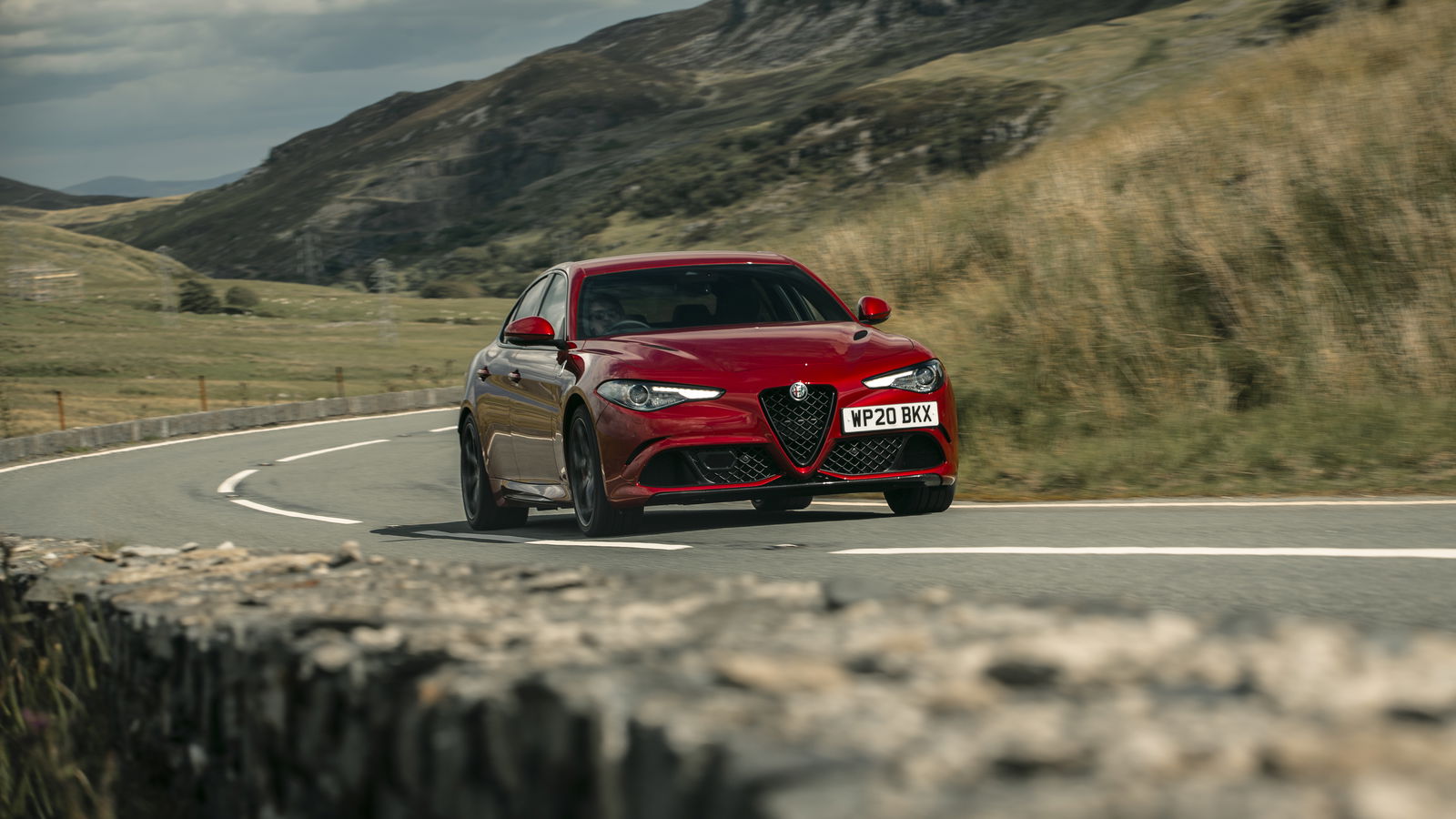
Pros
Cons
If you told me a few years ago that Alfa Romeo would one day make a rear-wheel drive super saloon with a 503bhp, (allegedly) Ferrari-derived V6, I’d have laughed in your face. All but the dreamiest Alfisti would have, I should think. Fast forward to 2020, and not only does the Giulia Quadrifoglio exist, it’s just been tweaked to make it better than ever.
All those years using hand-me-down Fiat platforms, those beautiful-sounding V6 models that were forced to send their outputs through the front wheels only, the wrongs have all been righted. Alfa Romeo is making the cars it should have been for years, but that hasn’t stopped the Giulia Q having a few potential areas for improvement.
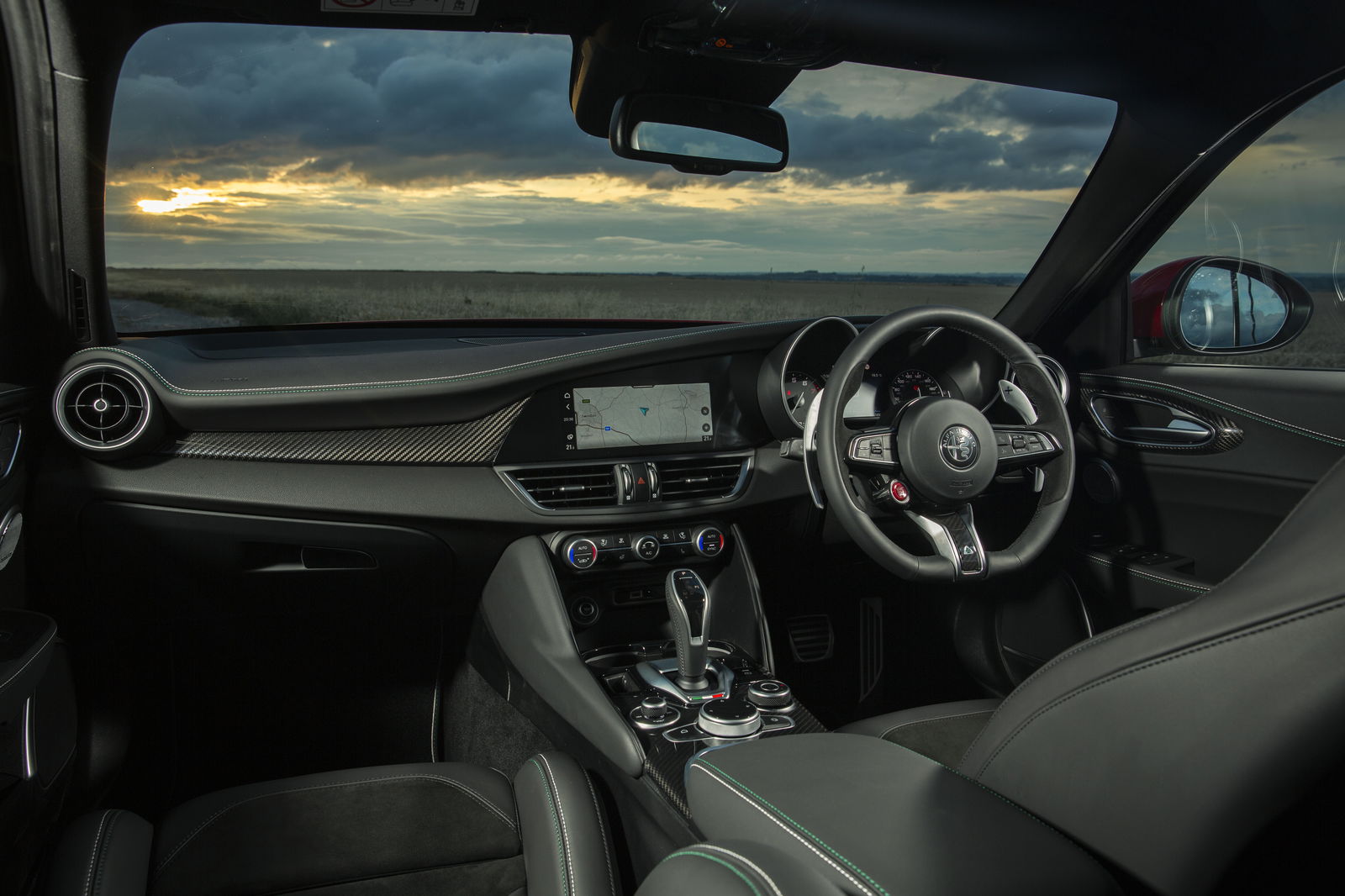
The big one has always been the cabin. The design’s great and all, but the materials used aren’t the nicest, the central display is poor, and some of parts you’re going to be frequently using - the automatic gear selector and the rotary control for the infotainment, for instance - feel cheap and nasty.
All of this has now been fixed, as it has been with the standard Giulia. The lower centre console has been completely redesigned, featuring a new controller giving near-BMW I-Drive levels of rotary satisfaction; and that’s high praise indeed. And no longer do we have a plasticy gear selector with a weird sharp edge on the back, because a new leather-wrapped part sits in its place.
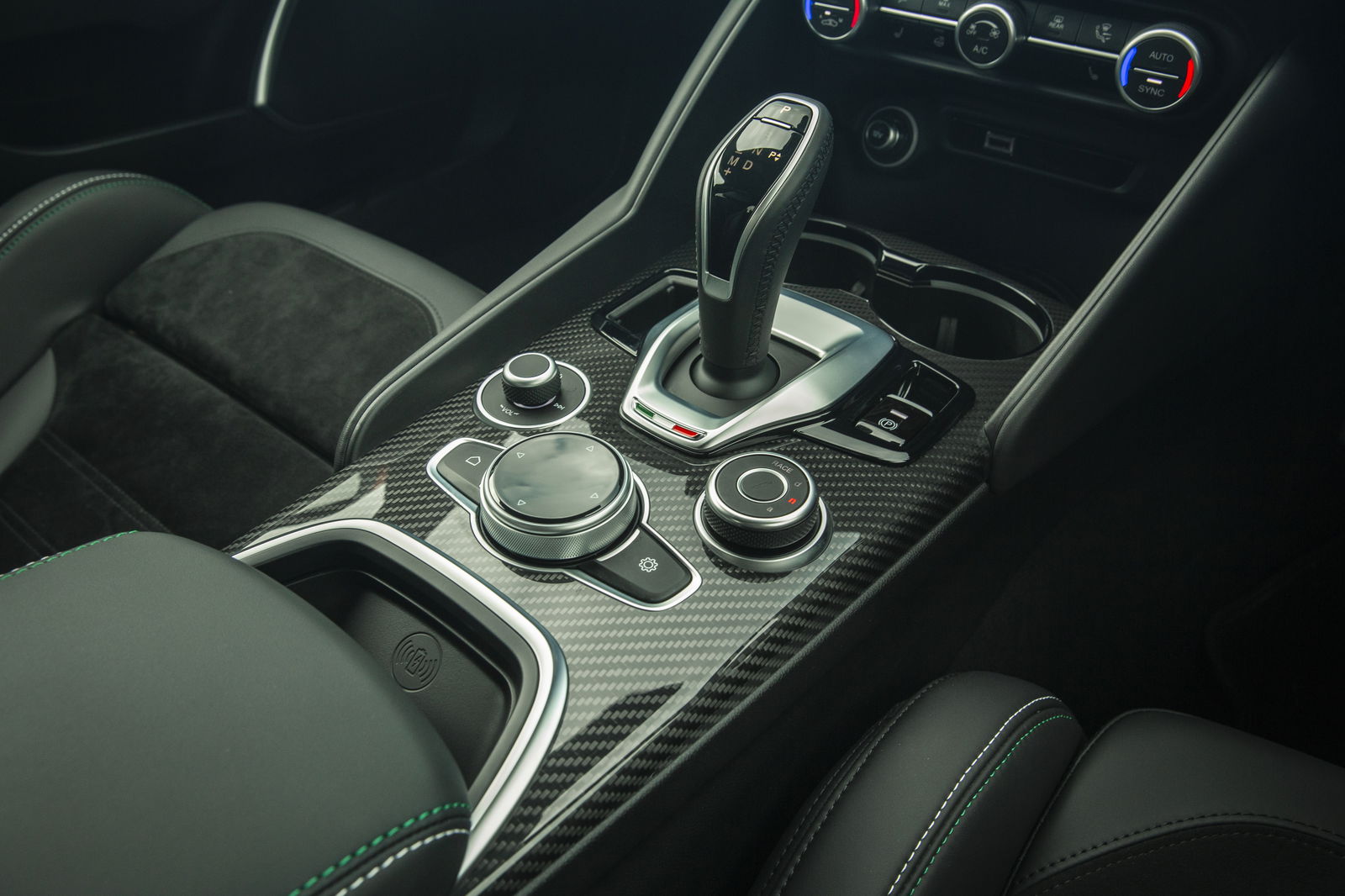
The infotainment system still isn’t as good as the kind of setups Alfa’s rivals are using, but it’s a massive improvement, and very easy to use. You get full electrically adjustable seats too, which weren’t available before. The final extra dimension of added loveliness is extra soundproofing, meaning it’s more pleasant on boring motorway journeys.
But don’t worry, there’s still plenty of noise when you stick your foot down. Heaps of it. As far as we know, Alfa hasn’t fitted a particulate filter to the Giulia Q, meaning there’s a throaty, raspy cacophony from the twin-turbo V6 every time you floor it. This is one of those cars that sounds permanently angry.
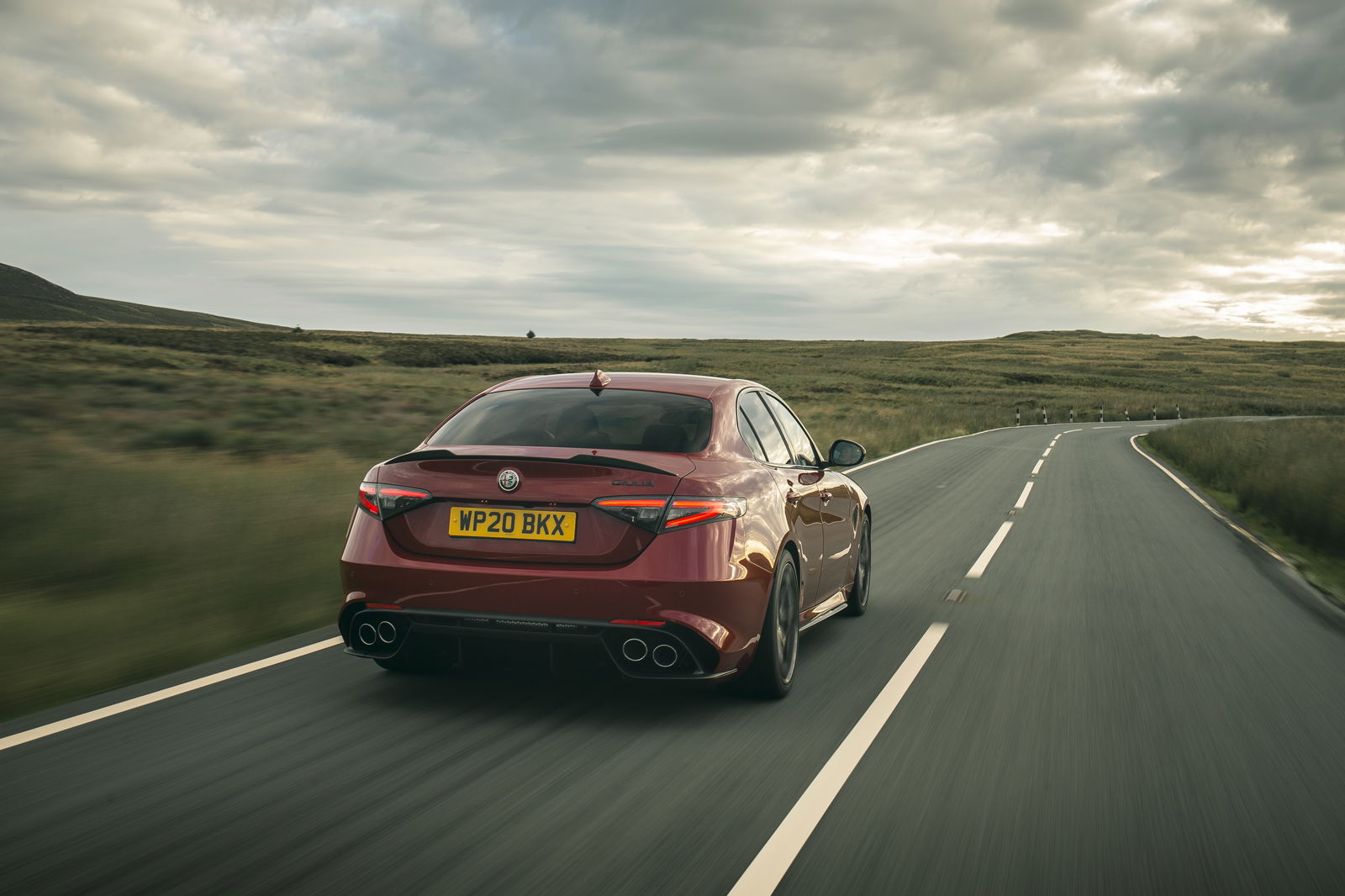
It’s no more powerful than before, no one rational human was hankering for more than 503bhp. 0-62mph still takes 3.9 seconds, and with enough space, it’ll hit 191mph.
Damping is on the firm side, but thankfully, the adaptive suspension can be fiddled with independently of the driving modes with the single press in the middle of a rotary ‘DNA’ switch. Dynamic mode with the dampers switched to ‘soft’ seems to be the best bet for the road, but if you know the particular squiggle of tarmac you’re on well and the conditions are good enough, you might be tempted to try ‘Race’ with the dampers turned down to ‘mid’.
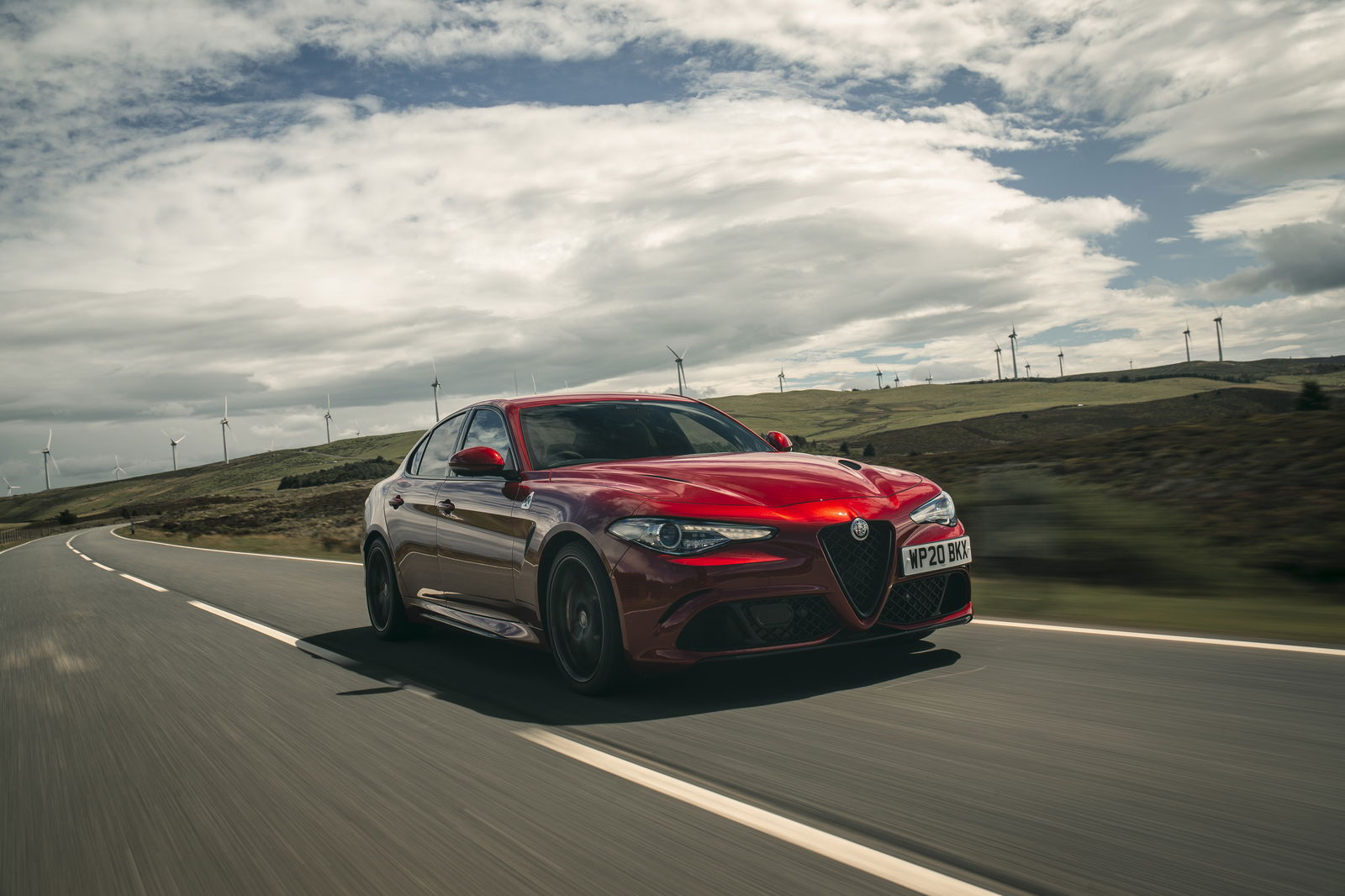
This unleashes the Giulia Q’s sharpest throttle response and angriest exhaust note while binning the traction control entirely. With 503bhp going to the rear wheels exclusively, you do need to be paying attention. Thankfully, the steering is brutally fast, so a quick stab of opposite lock is a breeze.
The Giulia’s ratio is 11.8:1, which is more akin to a supercar than a super saloon. It goes well with the front end, which has plenty of bite, coming together to form a package that feels noticeably lighter on its feet than something like a BMW M3 or Mercedes-AMG C63. Alfa has tweaked the steering slightly, and it’s worth pointing out, although the changes are subtle enough, you need to drive this back-to-back with the old one to see what’s new.
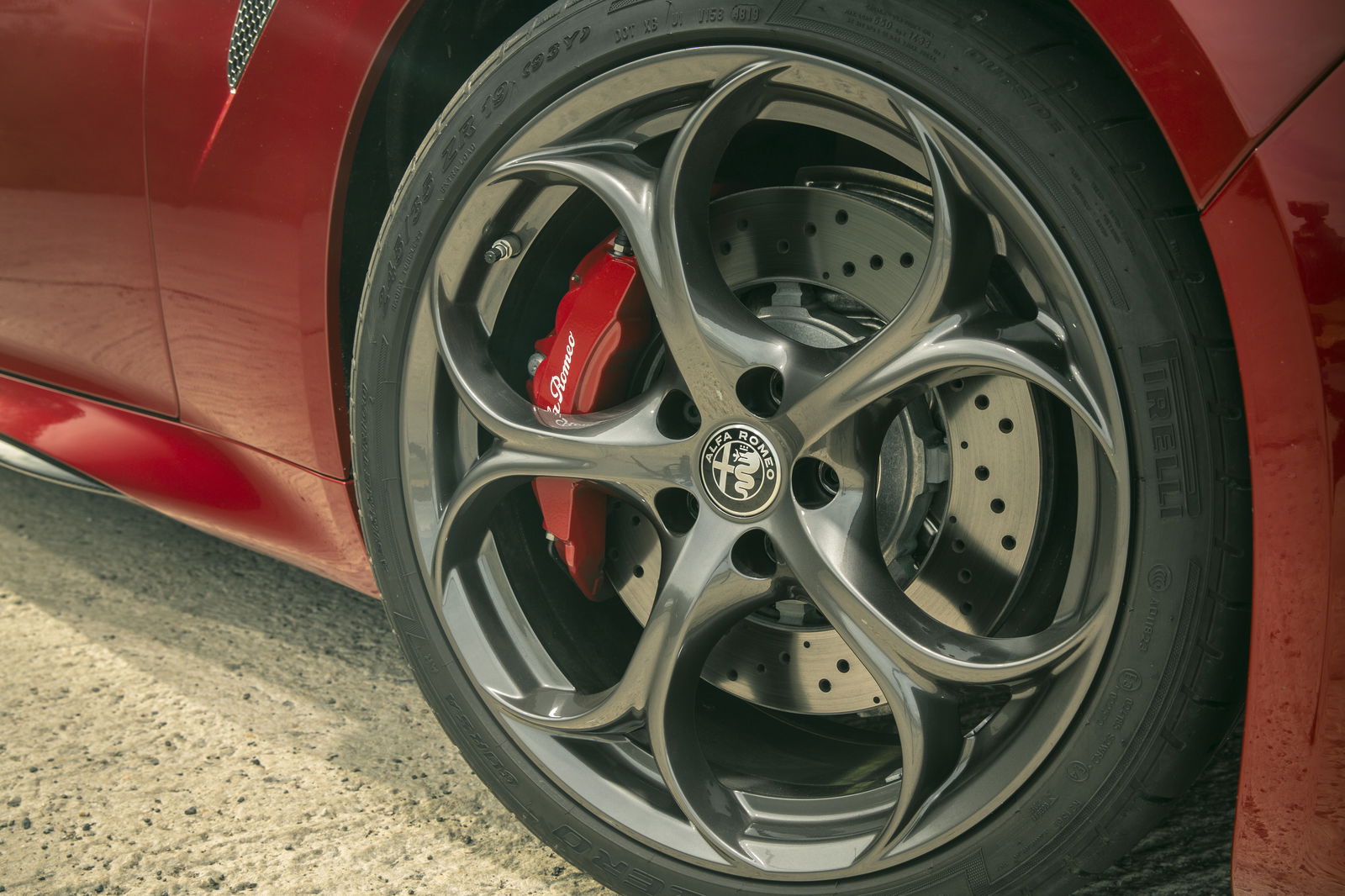
To drive, then, it feels largely like the old one. And that’s a good thing, because the dynamics simply didn’t need changing. It was in the final fit and finish that the Giulia was always lacking, and while it still may not feel as plush or solid as its German rivals, it’s near enough.
The tweaks mean there are fewer distractions from what the Giulia Q did best, taking your down a twisty road in the most exciting way possible. We’ll take ours in Montreal Green, please.
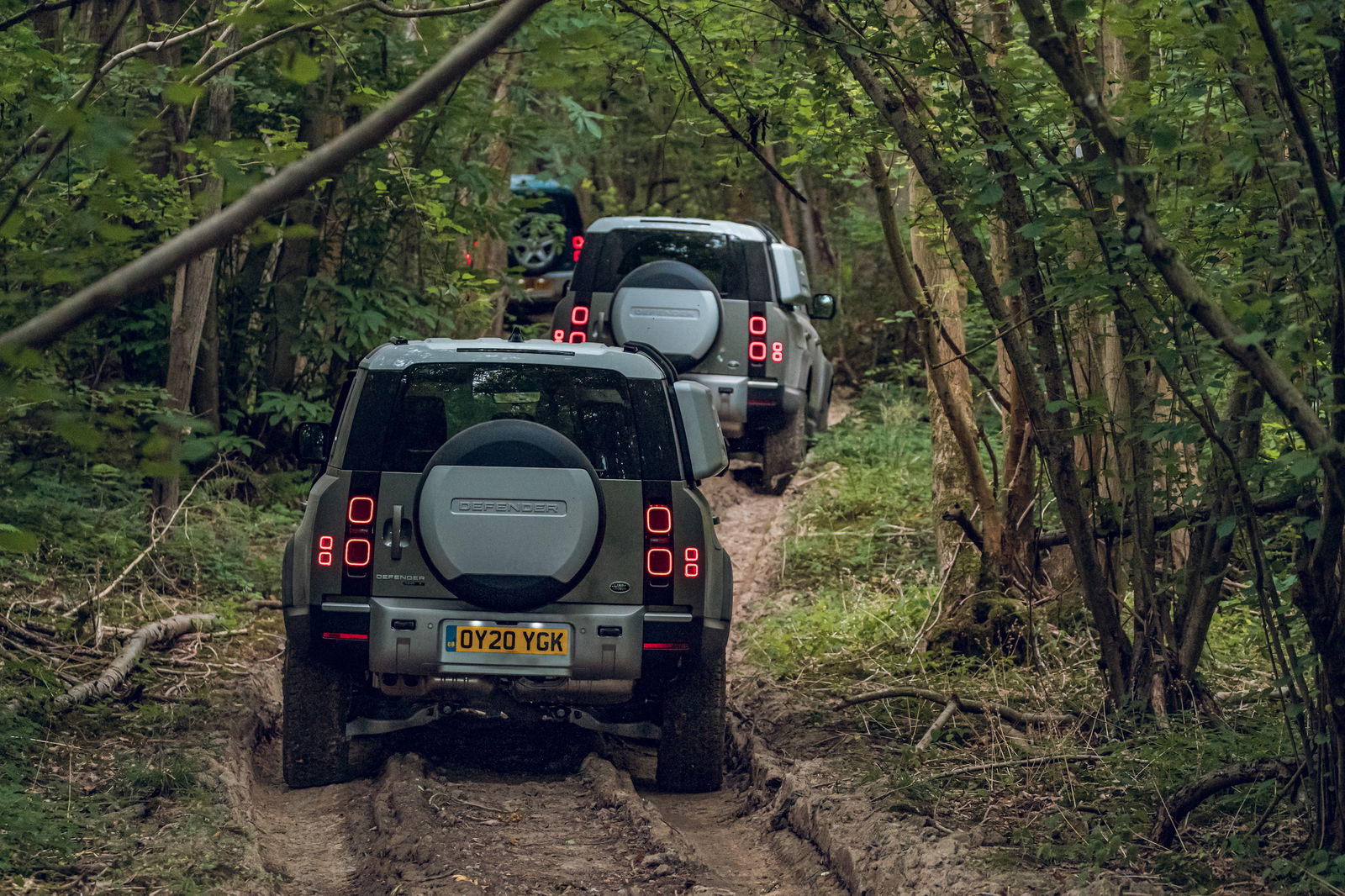
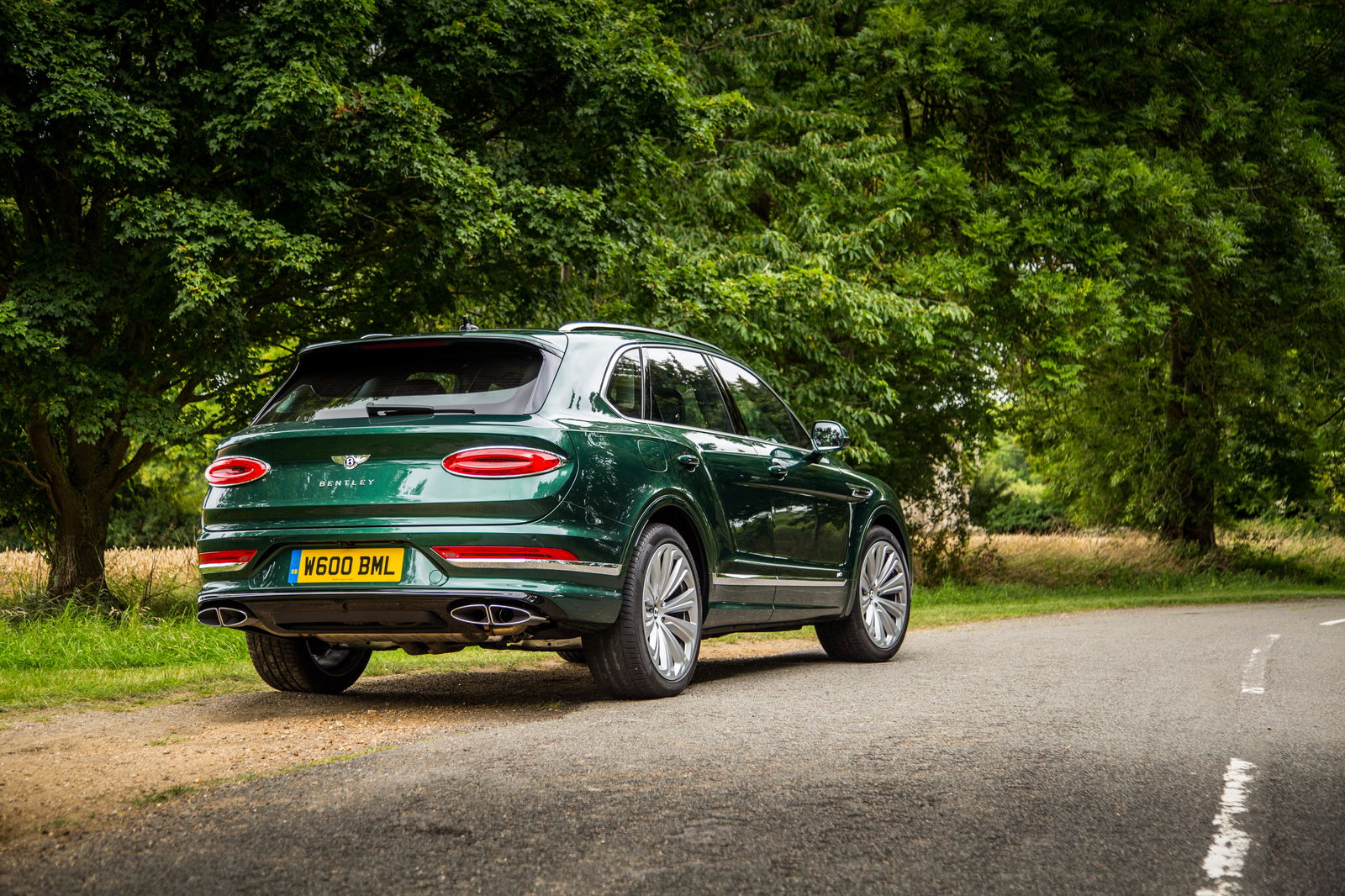

Comments
Whoever says that alfas arent as good as BMs or Mercs hasnt driven one for a long time they can easily hang with them espacially since BMW and co have been slaking quality wise for quite some time now
I still don’t understand how a car THIS good still sells so poorly.
Can it be that the stigma of poor reliability still haunts the brand?